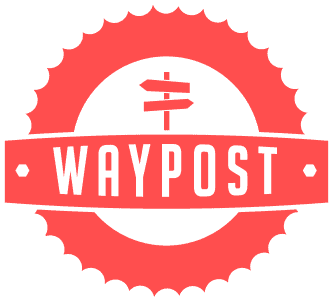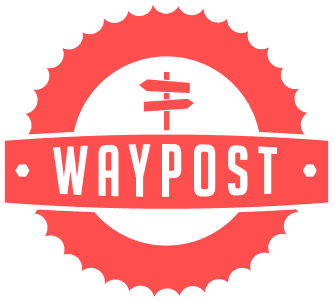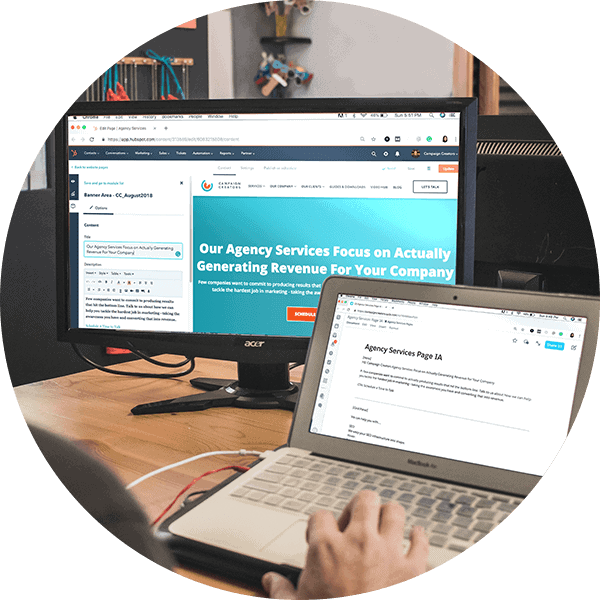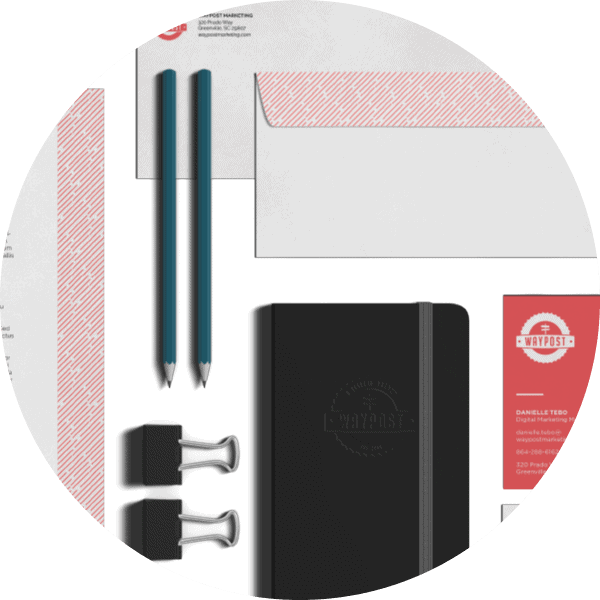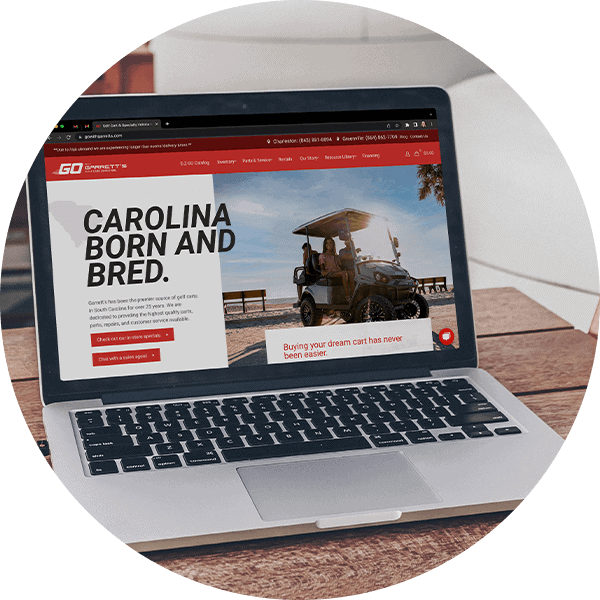
Google PageSpeed Scores are Being Abused
January 21, 2020
New Year, New SEO Trends. How Do You Know Where to Spend Your Money?
February 4, 2020We’re well underway in the new year. How prepared are you to meet your 2020 growth goals? In a recent episode of The Roundtable, our team discussed the value of having a detailed plan that defines which pieces of marketing and sales are expected to contribute to your revenue growth. Here’s a clip:
You know that your digital marketing should be making a significant contribution to your revenue growth. Maybe you recently had your website redesigned (or maybe you know you probably should…) but you aren’t really seeing a return on that investment. Could more online content be the answer? You’ve heard that everyone should be posting on a blog and social media, but who really has the time for that? What about paid advertising? You could always run some ads and see what happens. . .
This approach to digital marketing is a sure way to waste valuable resources on tactics that will fall short of what you need to grow effectively.
Before you spend another dollar on your website or paid advertising, the first thing you need to tackle is an overarching strategy to guide you down a specific path from where you are today to where you want to be next year. Without this key foundational element, you’re going to waste your resources and spin your wheels. You need to understand how every tactic fits together to form a well-oiled machine that generates qualified leads for your Sales team and helps them close deals.
When a new client engages with Waypost, we spend the first 90 days with an emphasis on laying the groundwork for success before jumping into daily marketing activities. A large part of this process is determining what a successful partnership between us looks like to you. We do this through an in-depth discovery process — assessing where you are now, where you want to be, and what it should take to get there. Then we pinpoint the gaps in your foundation and start to build a list of things to do to streamline your processes and strengthen your digital presence.
Consider this clip from that same episode of The Roundtable:
With a complete plan for your growth and a strong foundation on which to build, we are ready to crush some growth goals. So let’s go back to the beginning and take a detailed look at what’s going on at Waypost during that first 90 days of discovery:
1. Assessing Your Current Situation
The first phase of the discovery process is to take stock of everything that is currently being done and how it’s working. To do this, we start by taking a look at what the business goals are. If those don’t exist or are rather nebulous in nature, then that’s where we start. What are your business’ big hairy goals? Where do you want to be in 10 years’ time? 3 years? Where do you want to get this year?
These discussions won’t happen with just the marketing manager. We sit down with upper management and sales teams — together with your internal marketing person or team — to align every team in a single, focused direction. Often during this process we find that marketing personnel and sales teams have been operating independently from one another for years. By aligning marketing and sales, we can ensure that your business is getting the most out of every interaction as we begin to generate leads.
Once we nail down your goals and align every department, we start to look at what is currently being done. What does the current Sales process look like? What marketing collateral do you already have? How is your digital presence?
This last question is particularly important to us. If your website is dated or doesn’t accurately reflect your company or your position in the marketplace, we don’t want to do a bunch of work to drive traffic to it. Your website isn’t just a flyer you put up on the internet — it has the power to be your most effective salesperson. We want it to function as such.
Finally, we work to intimately understand your business. We explore your operations, your target market, your competition, and every aspect of your product or service. We’ll get you to tell us how you started out and why, as well as what you love about coming to work every day and providing the solution that you do. In all my years of doing this work, I’ve never met a business owner who only started a business to make money — they all have a vision of helping people, and they all believe powerfully in what they do. We want to capture that story so we can tell it to the people who need to hear it.
2. Finding the Gaps
Once we’ve gotten a full picture of what you’re currently doing and why, then we’ll start to figure out what gaps exist, where the weak points are, and what needs to be done to solve for those gaps. What tactics are going to be most effective? What technology do we need to leverage in order to streamline our efforts?
During this phase, we will make a plan for how to strengthen your digital presence. We’ll figure out what needs to be done to make your website reflect who you are, educate your audience, and funnel your users down well-designed conversion paths. We’ll run technical audits, review all of your directory listings and social media profiles, and assess your current visibility compared with your competitors.
Finally, we’ll build a complete map of the content you need to best represent your company and serve your audience. All of the content and collateral that already exists will be considered against this map. This will enable us to see what content needs to be created or pruned to empower your site to deliver qualified, warm leads to your salespeople.
3. Creating Your Digital Strategy
This comprehensive overview will seem overwhelming at first, but every quarter, as we execute individual campaigns and strategies, those gaps will begin to be filled in. We’ve talked extensively about how we work in 90-day sprints, so this is where we start to prioritize what must be done immediately, as well as what gaps we can close that will have the biggest impact on maximizing your marketing budget. Not everything is equally important, so while some areas of your content map will need immediate attention, others can be addressed much later on.
Typically, we don’t begin our first 90-day sprint until after this discovery project has been completed and any issues with your web presence have been solved. We do this enormous amount of work on the front end, though, because we believe so strongly in the foundation that we’re building for our future relationship with the client. By the end of the Discovery project, the client can see that we not only understand their business, but that we are strongly invested in their success.
Preserving Relationships
Waypost puts a great deal of emphasis on healthy, long-term relationships with our clients. Our process of discovery is absolutely necessary in order to deliver effective growth-driven strategies. It also serves as an opportunity to see our relationship with the client in action — to see if we make an effective team.
If you prefer to invest in partnerships that emphasize relationships and results, we would love the opportunity to speak with you more about your business. Whether you’re looking for someone to consult with your in-house team on the most effective tactics for your goals and budget or you need a full-blown outsourced marketing department, Waypost can work with you to help you reach your growth goals.
